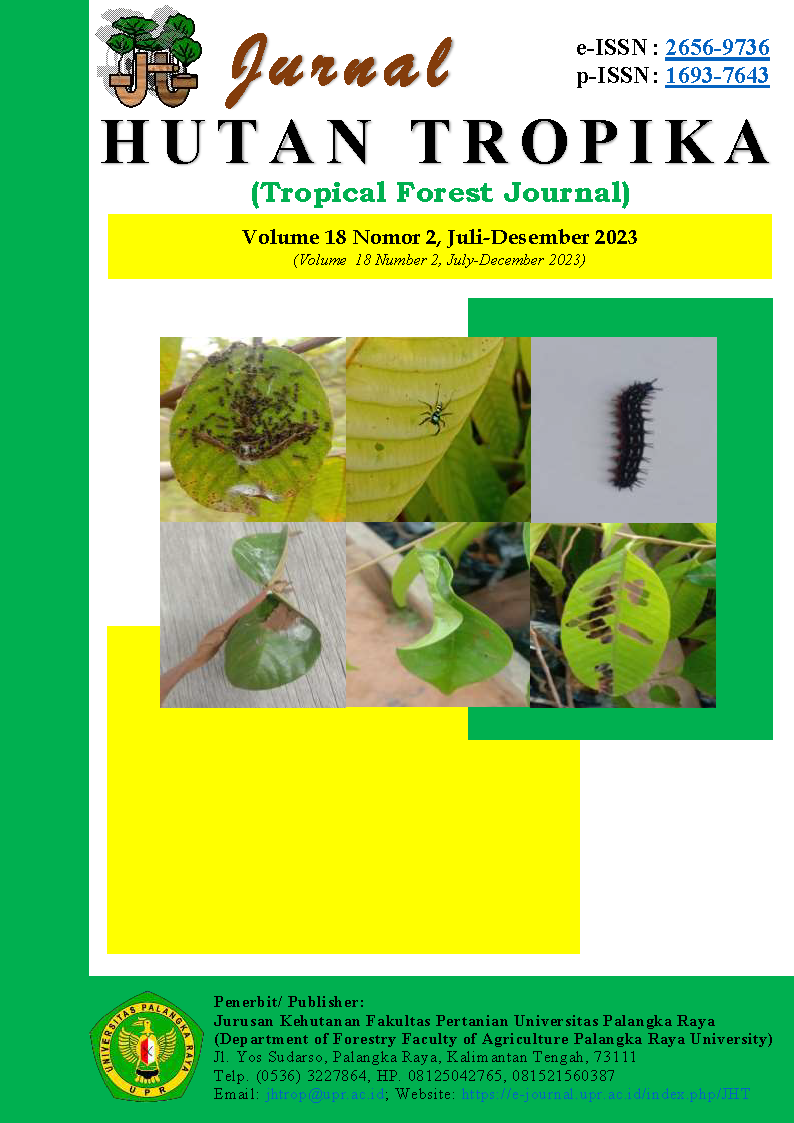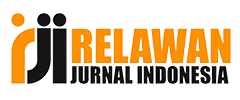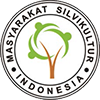Analisis dan Prediksi Pemanfaatan DAS Sebangau Secara Berkelanjutan di Desa Garung Provinsi Kalimantan Tengah
Analysis and Prediction of Sustainable Sebangau River Basin Use in Garung Village, Central Kalimantan Province
DOI:
https://doi.org/10.36873/jht.v18i2.11883Kata Kunci:
scenario analysis, sebangau national park, system dynamics, , riverside community, canal blockingAbstrak
People who have lived in watersheds for a long time rely on fish and wood for their livelihoods, but these resources are still getting worse because of people. On the one hand, growth keeps going, and the population keeps growing yearly without anyone stopping it. This means that market demand keeps increasing, which makes people using the watershed do too much fishing and logging.
Along the Sebangau watershed, social and environmental problems are now, such as the loss of peat swamp forest land cover and fewer fish. There are also social and cultural problems, such as the incomes of the people who really do sustainable fishing are still decreasing. To solve these complicated and interconnected problems, we need methods from different fields that work together.
The system dynamics methodology is one way to figure out policy scenarios for how watersheds will be used in the future in a complicated, dynamic way that involves many parts and pieces. System dynamics can make the behaviour of the environmental management system easier to understand and model. This helps area managers and the government devise other ways to make decisions about the future.
Palangka Raya University's academics did this study to give TNS managers and local governments information about climate change and the global environment and to predict symptoms or events that are bad for the people, nation, and state of RI. This study is about the University of Palangka Raya's Principal Scientific Pattern (PIP), the Development of Science and Technology in Tropical Peat Swamp Areas and River Streams, also known as Science and Technology Innovation.
Unduhan
Unduhan
Diterbitkan
Terbitan
Bagian
Lisensi
Hak Cipta (c) 2023 Petrisly Perkasa, Sulmin Gumiri, Wahyudi Wahyudi, Indrawan Permana

Artikel ini berlisensi Creative Commons Attribution 4.0 International License.
















